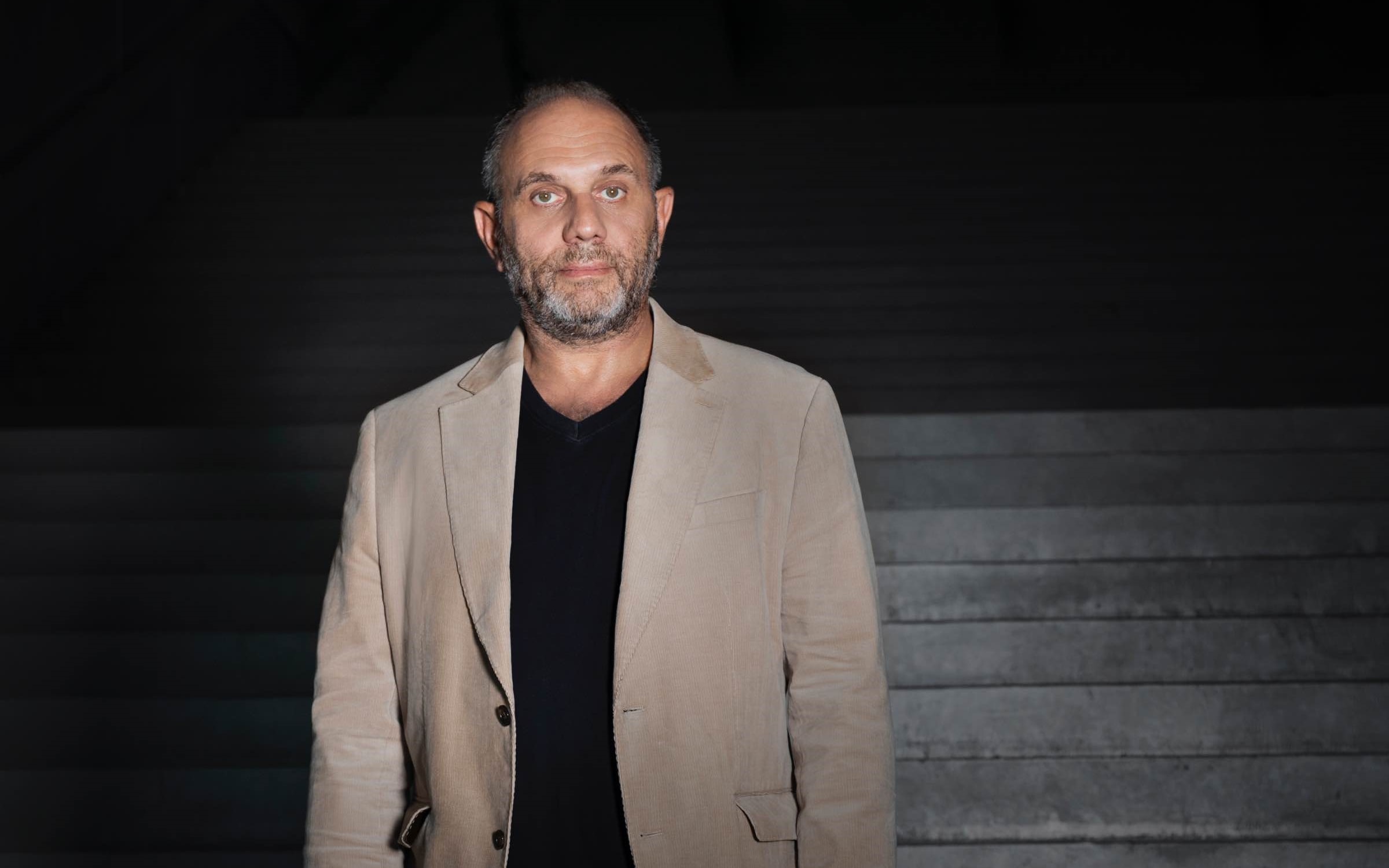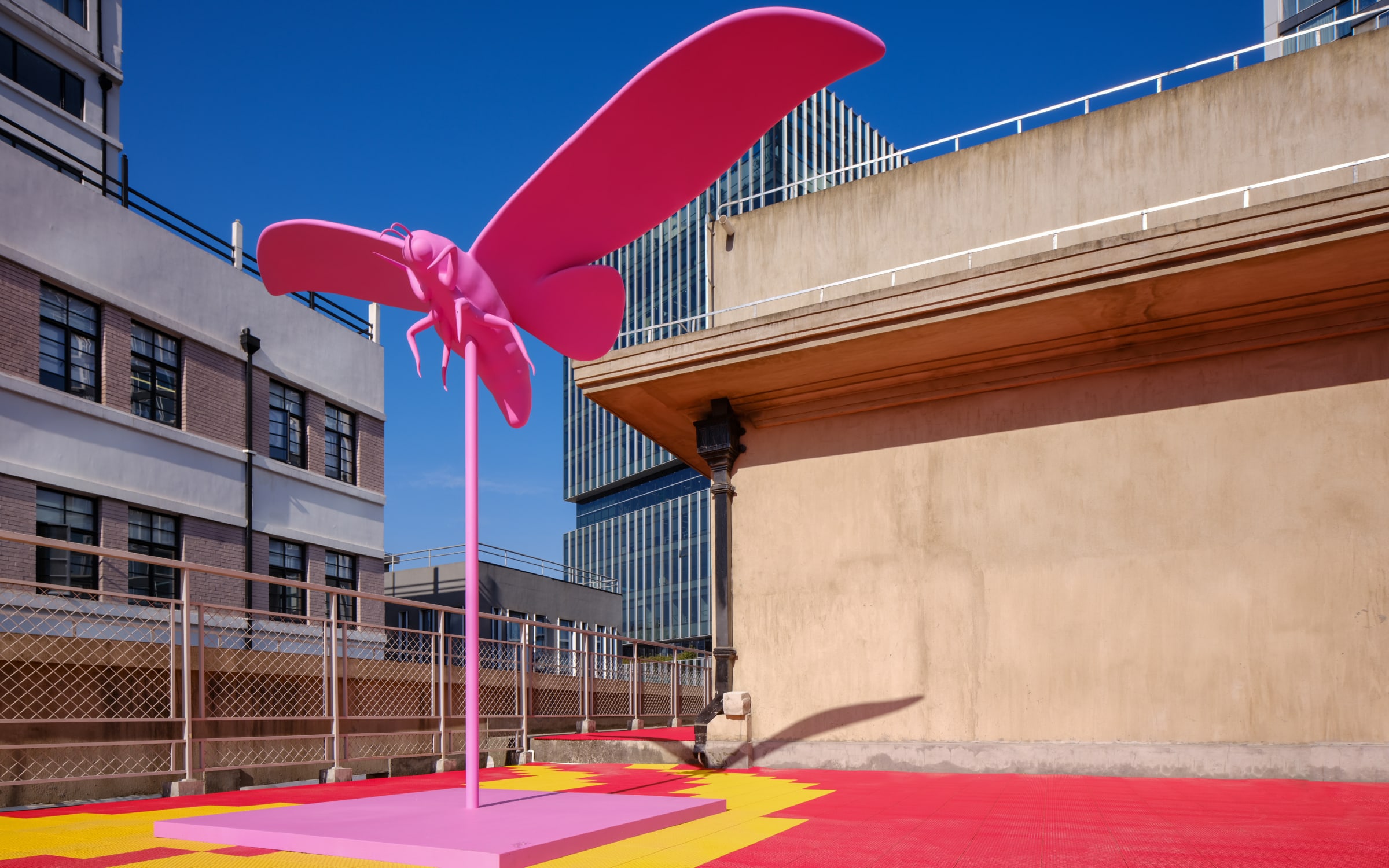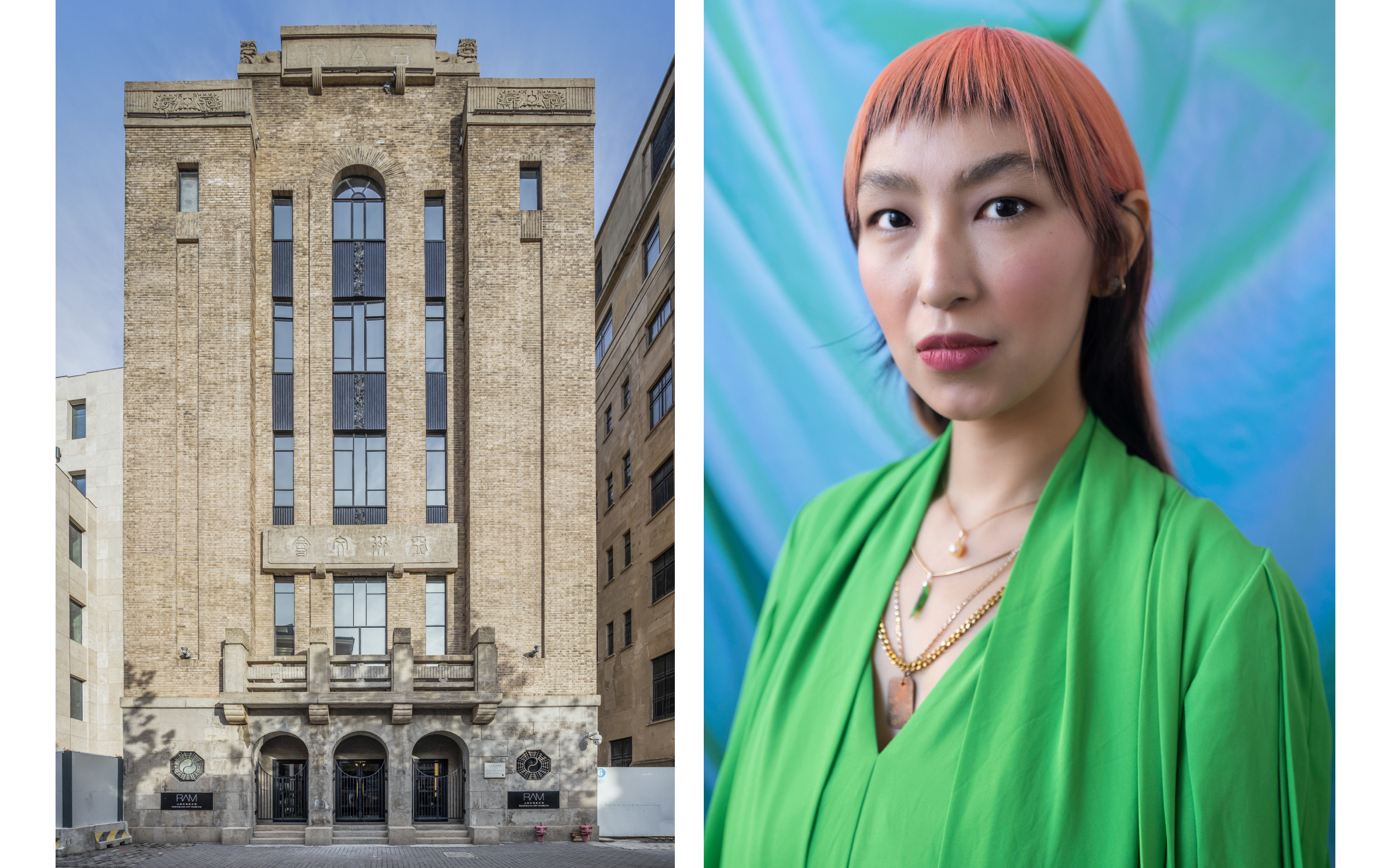Still recovering from COVID-19 lockdown measures and navigating new developments in the Chinese economy, November 2023 art week in Shanghai was a litmus test

Shanghai’s art world moves quickly, passing through a couple of cycles every decade or so, as new waves of artists, writers, gallerists, collectors, and entrepreneurial interlopers of all kinds and from all places flow in and out. And right now, the scene feels anxious. While life has seeped back into China’s commercial and fashion capital, Shanghai spent most of the year in post-traumatic recovery, having experienced the harshest of China’s pandemic policies the previous spring. On the cultural front, the pandemic shock triggered a minor exodus for those who could leave the country while a fresh generation has been slow to emerge from the undergrowth.
Predictably, the overcast mood has sent tremors through the art world. Much of the artistic infrastructure that appeared in Shanghai over the past two decades rode shotgun with a confident property market and the city’s urban gentrification strategy. But that heady optimism has gone amid a broader economic slowdown. With its adjacency to consumer luxuries, and with so many collecting foundations and museums operating downstream of real estate, the post-pandemic liquidity crunch has seen a concomitant artistic contraction. One notable casualty was the closure of OCAT – including its Shanghai space – in 2022, the same year that Times Museum in Guangzhou shut its doors. Both institutions were known for some of the most forward-thinking and globally conscious programs in China. This all adds to the sense of unease in Shanghai, which has long identified itself with the flow of cosmopolitan culture and capital. Lately, it’s been common to hear Shanghai locals remark how few foreigners they see on the streets, as in Beijing. But unlike the capital city in the north, with its deep roots in China’s intellectual and political core, a Shanghai shuttered from the world can feel like an extrovert kept indoors for too long.
Shanghai’s November art week in 2023 thus came as a litmus test at which the art scene threw everything and the kitchen sink. Word spread that over 200 shows would be opening, though the centers of gravity, as ever, were two art fairs – ART021 and West Bund Art and Design – and the Shanghai Biennale. Surpassing pre-pandemic times, ART021 and West Bund Art and Design launched their largest editions to date counting 150 and 185 galleries respectively, with strong entries by first-time exhibitors at West Bund including Hong Kong’s Blindspot Gallery and Vienna’s Leopold Fine Arts, and the return of veteran blue-chips like Pace and Hauser & Wirth. The approach was one of high energy, low risk, and solid earnings, with predominantly Chinese collectors overwhelmingly spending their budgets on paintings priced in the sub-USD 100,000 range, showing less enthusiasm for the market’s higher reaches. Yve Yang, whose eponymous New York gallery opted for an all-painting booth at ART021 with works by young artists Anna Maria Škroba, Liu Xinran, and Kim Stolz, said she had never sold so easily. Local players like Antenna Space and MadeIn Gallery used their home advantage to show more challenging works in their gallery spaces – video pieces by Liu Chuang and Shen Xin, respectively – while presenting wall-to-wall paintings by the likes of Cui Jie, Owen Fu, and Liang Shuang at their fair booths.
Of course, whether you greet the painting bonanza with jubilation or skepticism might determine your verdict of the whole affair. A well-known Shanghai artist joked that when he started out, his peers treated their painting practices like a dirty secret, but today’s practitioners seem to have embraced the format. Others were introspective. Despite selling well, one gallery staffer observed the exuberance with caution: ‘Can we really say sales are great if only paintings are selling? It can’t be good for the ecosystem.’ Still, they were buoyed by the high spirits – their after-show party ran out of drinks.

High spirits continued at the opening of the 14th Shanghai Biennale at the Power Station of Art, whose chief curator, e-flux founder Anton Vidokle, was announced just a few months after his colleague, e-flux editor Brian Kuan Wood, was chosen to co-curate the Taipei Biennial, ushering in a ‘one e-flux’ policy across Greater China. Vidokle was confirmed less than 6 months before the biennial opened, but despite this short runway, ‘Cosmos Cinema’ was a widely lauded success. The exhibition is a densely woven exploration of cosmism, a constellation of ideas about humanity’s interplanetary existence rooted in the writings of 19th-century Russian philosopher Nikolai Fedorov, which has been Vidokle’s research focus for years. Here, it is unfurled with filmic linearity across nine multimodal ‘palaces’ by the biennial’s co-curators, Xiang Zairong, Hallie Ayres, Lukas Brasiskis, and Ben Eastham, with works by more than 80 artists including Sung Tieu, Nolan Oswald Dennis, He Zike, and Payne Zhu. The resulting exhibition is, as one participating artist noted, ‘more of a survey than a biennial, almost too tight.’ But this monograph quality offers a rewarding sense of focus against the glitzy sprawl of the collecting season.
Elsewhere, the city’s many private museums and foundations have experienced mixed fortunes. In May, Yuz Museum held the grand opening for its new space in Panlong Tiandi, a real estate development in the ancient water town of Panlong, marking the museum’s tenth anniversary. Then in October, the billionaire power couple behind of the Long Museum, Liu Yiqian and Wang Wei, held a major auction of works by the likes of Amedeo Modigliani, Alex Katz, and René Magritte. But the fire sale yielded disappointing results, far short of its pre-sale estimate of up to USD 135.5 million, leaving observers to speculate on the reasons for shifting assets like these during a market lull.
Across town, Longlati Foundation, which was co-founded in 2019 by venture capitalist David Su and artist Chen Zihao, has made a name for itself by voraciously acquiring young painters like of Sun Yitian, known for large photorealistic paintings of mass-produced objects, by the dozen. Signaling rising confidence, Longlati’s founders are backing a new gallery hub, Suhe Haus, on Suzhou Creek, the riverside art district where Antenna Space is set to open a second gallery next spring, and where Fotografiska opened this autumn. Taking over the renovated 1930s depot of the China Industrial Bank that once housed OCAT Shanghai, Suhe Haus will launch in earnest next March with the relocation of Longlati’s foundation. Amid open tenancies for commercial galleries, the site is currently home to a non-profit project space, A Better Tomorrow, which opened in November with a wry solo show by Julian Junyuan Feng, featuring luxuriant CGI renditions of medieval torture devices, meme-like scenes, and Gorbachev’s birthmark. Feng co-founded a project space in the French Concession in 2022, totalab, which is hosting an Ellen Pau show by Hong Kong gallery Kiang Malingue this winter. But totalab is set to fold by the end of the year, highlighting the paucity of workable models for smaller, experimental ventures.

On the non-profit side of things, Rockbund Art Museum (RAM) is one of the few institutions showing signs of new growth. It kicked off the year with a new artistic director, X Zhu-Nowell, who joins from the Solomon R. Guggenheim Museum in New York, picking up from Larys Frogier’s decade-long tenure. The Shanghainese Zhu-Nowell brings a distinctively diasporic energy to the circuit, hitting the ground running with a series of globe-spanning solo commissions by artists including Evelyn Taocheng Wang, Tosh Basco, Diane Severin Nguyen, and Shubigi Rao, leading what feels like a tentative return to internationalism. At the same time, RAM’s owners are hoping to bring renewed vitality to the museum’s august perch on the Huangpu River after years of renovation by David Chipperfield Architects, which includes a grand piazza within the museum’s historical block. Life still tends to go where the real estate flows in this city after all, even as it adjusts to new cultural, economic, and political conditions.

Gary Zhexi Zhang is an artist and strategist based in London and Shanghai. Published courtesy of Art Basel.


Leave a Reply